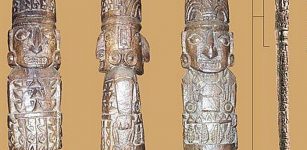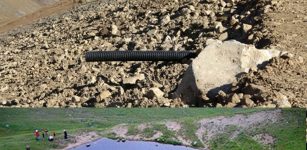Greenland’s Inuit People Have Unique Genetic Signatures Of Climate Adaptation and Diet
MessageToEagle.com – For people who live in the Far North, “beneath zero”temperatures are normal during the coldest months. Inuit people who live in Greenland has to experience extreme temperatures for at least half of the year.
It has long been debated whether Greenland’s Inuit and even other inhabitants of the Arctic regions have special unique biological adaptations helping them to live in the extreme cold.
In the Arctic, the Inuits have adapted to severe cold and a predominantly seafood diet. After the first population genomic analysis of the Greenland Inuits, a region in the genome containing two genes has now been studied by scientists:
In a new study, researchers have focused on the genome containing two specific genes, namely, TBX15 and WARS2. These two gene variants – probably originating in Denisovans – are believed to be central to cold adaptation by generating heat from a specific type of body fat, and was earlier found to be a candidate for adaptation in the Inuits.
See also:
Mysterious Archaic Cavemen – Denisovans – Were Relatives To Neanderthals And Humans
First Unique View Inside The Denisova Cave And It’s Ancient History
“The Inuit DNA sequence in this region matches very well with the Denisovan genome, and it is highly differentiated from other present-day human sequences, though we can’t discard the possibility that the variant was introduced from another archaic group whose genomes we haven’t sampled yet,” said Fernando Racimo, lead author of the study.
The researchers compared the genomes of about 200 Inuit with genomes of Denisovans, Neanderthals and modern populations around the world. The results show that all of the Inuit studied contained the same genetic variants in this particular region of their genomes, which is considered to play a very important role regarding the levels of brown fat (abundant in newborns and generating heat by burning calories.
TBX15 is a gene known to affect the human body’s response to cold, and is associated with a number of traits related to body fat distribution. The authors speculate that the archaic variant may have been beneficial to modern humans during their expansion throughout Siberia and across Beringia, into the Americas.
MessageToEagle.com
Expand for references










